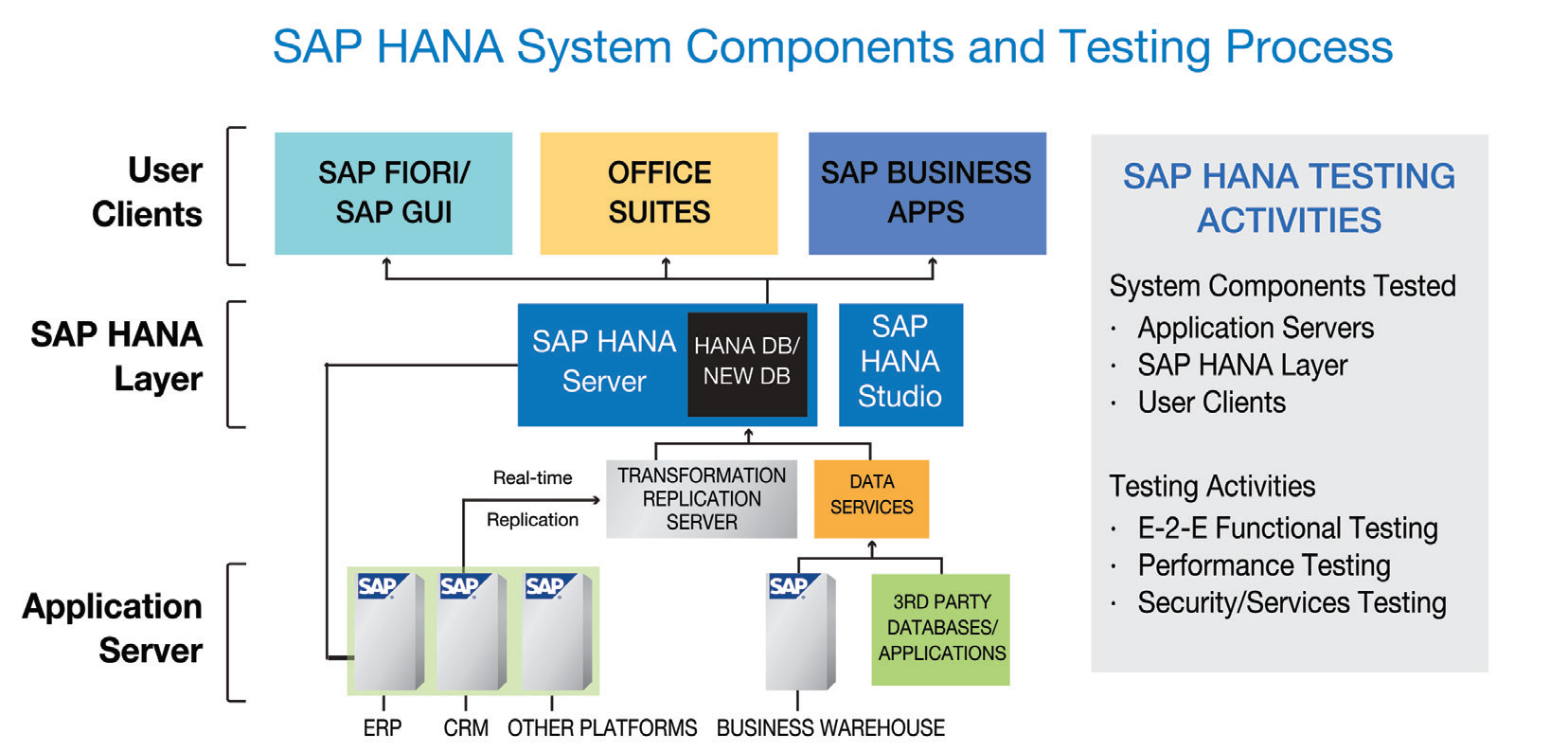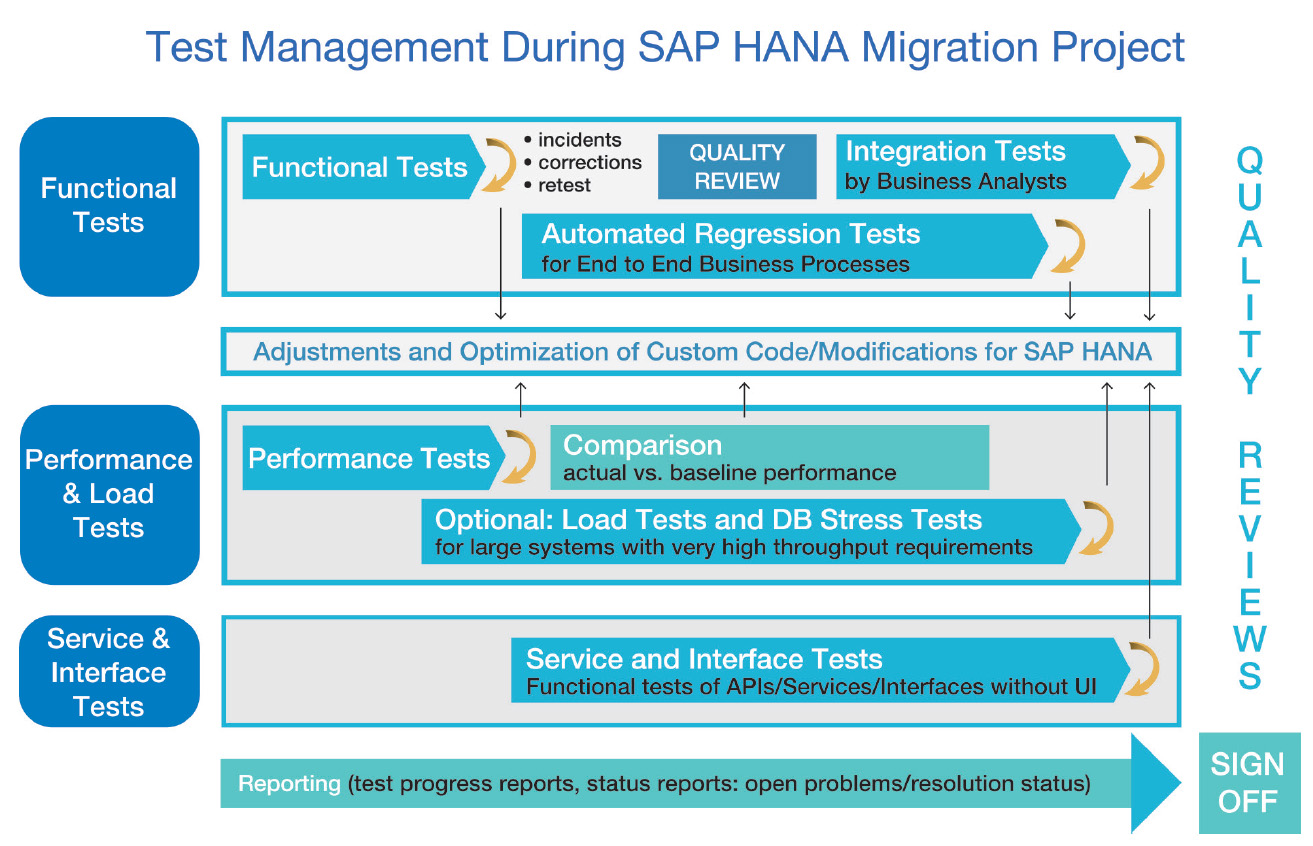Big Data and Mobility: How Enterprise Resource Planning Is Being Reinvented
Wednesday, August 31, 2016

|
Aymen Alaghbri |
Although both mobile apps and big data analytics have become pivotal to business operations on a broad scale, one area of software development—enterprise resource planning (ERP)—has not historically been part of the revolution. Today, that is changing, as ERP developers recognize that their systems are perfect candidates for mobile-centric, big data analytics.
They understand what their customers were seeing—that optimizing process flow and managing resources is no longer enough for companies to retain a competitive edge—especially if information takes days to extract and visualize. They also acknowledge the transformative power of both big data analytics and mobile information delivery, and they know their ERP systems must adapt—or fade into a lengthy, but assured, decline.
Their challenge has been to reengineer these behemoth platforms to perform in a completely new manner, which requires lightning fast, incredibly powerful database engines, flexible, user-driven workflows, and mobile-friendly interfaces. Millions (if not billions) of lines of code and years of effort later, a new generation of ERP platforms is arriving, with systems that offer business decision makers more intelligence and insight than ever before.
One platform with which Orasi consultants have been working, and that illustrates the transformation of these systems, is SAP Business Suite 4 SAP HANA (S/4HANA). S/4HANA is an extremely powerful, unified computing platform paired with a newly architected, simplified database structure and an integrated, in-memory relational database.
It brings dramatic speed improvements and streamlined, near-effortless workflows, with complete flexibility in harnessing, visualizing, and consuming data—from simple dashboards to complex “what-if” scenarios and business simulations. Its new user experience, SAP Fiori, extends these capabilities to mobile devices, supporting not only S/4HANA but also a vast library of third-party, mobile optimized apps that integrate with it. As such, it represents the best of the new breed of ERP platforms. In this article, we’ll use it as our example.
The Mobile Experience Comes to the Forefront
One of the most exciting developments in next-generation ERP platforms, for mobile developers especially, is deep, broad mobile integration. S/4HANA is a showcase in this regard. Its SAP Fiori UX exemplifies modern design principles to create a personalized, responsive, and simple user experience across multiple devices and deployment options. Fiori natively integrates with the big-data-centric SAP HANA database—and supports other databases, as well.
Equally importantly, SAP Fiori is supported by dozens of beneficial, if optional, apps in three categories—transactional, analytical, and factsheet. Organizations can deploy one or many apps across user roles and lines of business, including Finance, Human Resources, Sales, Procurement, Manufacturing, Supply Chain, and others. To assist developers, SAP offers a cloud platform that expedites development of custom apps for the system.
Big Opportunities; Big Questions
This potential of near-instant, anywhere, anytime data consumption, paired with the processing power to structure and analyze even the largest databases, is tremendously exciting. However, these improvements come with a price that will be felt most keenly by enterprises currently running legacy ERP systems.
These platforms are moving away from being largely closed, rigid, slow-moving giants to becoming public-facing speed demons that can adapt and change almost instantly based upon user input. Consequently, the way data is processed by the system is dramatically different from how it was in the past. This complete revamping of core processing logic, paired with under-the-covers changes such as reengineered workflows, brings deployment challenges.
Company-specific modifications, extensions and add-ons previously implemented in the ERP environment are often rendered obsolete and must be rewritten, as well. If the organization desires these specialized elements to extend to the Fiori UX, the challenge (and requirement for mobile development expertise) increases. In essence, organizations must build a bridge between two fundamentally different entities—one of which is grounded, and the other that works best in flight. Imagine transforming a car into an airplane, and you are in the ballpark.
Mobile developers working on third-party Fiori apps must be equally cautious. They are writing and testing code, not for a standalone app that might request information from secure third-party services, but for an integrated component that will be processing data from the very heart of the enterprise. Informed organizations will certainly deploy data masking and virtualization solutions to protect their confidential data, but they likely will still expect third-party developers to demonstrate a clear commitment to security.
All developers, including those working in agile environments, will be challenged not to short-cut testing to meet release demands.
- Functional testing must be extensive, especially for migrations where the transition from legacy to next-generation systems may “break” many functions.
- Due to the massive stress caused by much larger—and more frequent—loads on the system, performance testing will be paramount.
- Mobile and user experience (UX) testing for the ERP platform will become an imperative.
- The sheer volume of information being processed and then consumed in a public-facing manner will make security a much greater challenge than for legacy ERP systems.
If you are involved in migration or development projects featuring next-generation ERP systems such as S/4HANA, we recommend you download our new white paper, “SAP Business Suite 4 SAP HANA: The Benefits of a Test-Driven Deployment.” It describes the transformative features of SAP’s new ERP platform and offers insight into the requirements for testing that apply to these platforms, in general.

Challenges and Opportunities Abound
Although adequate preparation and extensive testing are a mandate for achieving success with S/4HANA and other next-generation ERP platforms, the effort presents opportunities, as well, including better test management and implementation of modern technologies that are proven to provide 100% ROI. Following are some key suggestions:
- A mature test management framework is a fundamental requirement. Evaluate the current state of test and asset management, and the quality of accompanying processes, before implementation.
- Develop a clear definition of business requirements and a comprehensive plan for asset migration.
- Test business processes across all systems—legacy and custom-developed as well as the new platform. Be prepared to engage in data management across all systems.
- Automation is a key to success with functional testing in S/4HANA. The more automation, the better.
- Plan to update existing—and develop new—test cases, requirements, scripts, and other test assets. If current scripts are not reusable for automation, be prepared to modify them or take them out of the scope.
- Develop tests for usability/UX early on.
- Structure test approaches to prioritize early discovery of problems. Deferring problems to user acceptance testing is unacceptable.
- Mobile, on-demand data analysis, visualization, and reporting, with fewer clicks required for a process, will increase the volume and extend the timing of requests. Sufficient performance testing will likely take more time and effort than project leads expect.
- The wide array of available third-party apps will mean expanding testing beyond the device and operating system level and testing app integrations, as well.
- The new consumption model will result in more public-facing data, potentially accessed outside the secured, firewalled corporate network connection. Security and compliance testing will take on new importance, and organizations should engage with a solution or provider well before launch.
- Organizations concerned about having sufficient resources to make the transition should consider hiring outside assistance and developed a staged approach to the project.

The Final Analysis
In today’s competitive environment, there is no doubt that on-demand access to a both current and speculative business intelligence, generated in near-real-time from extensive structured and unstructured databases, can yield incredible value. When the information is delivered through user-friendly, customizable workflows that allow users to mold the results to their particular needs, anytime and anywhere, the potential only increases.
For this reason, we are confident that the benefits of emerging ERP platforms like S/4HANA outweigh the challenges. By planning and executing an orderly, staged migration or deployment, employing outside resources where beneficial, and prioritizing testing efforts to concentrate on key business processes first, enterprises can leverage these opportunities while minimizing organizational disruption. Our new white paper, “SAP Business Suite 4 SAP HANA: The Benefits of a Test-Driven Deployment", offers strategies that will give organizations a great start.
Read more: http://www2.orasi.com/sap_wp
This content is made possible by a guest author, or sponsor; it is not written by and does not necessarily reflect the views of App Developer Magazine's editorial staff.

Become a subscriber of App Developer Magazine for just $5.99 a month and take advantage of all these perks.
MEMBERS GET ACCESS TO
- - Exclusive content from leaders in the industry
- - Q&A articles from industry leaders
- - Tips and tricks from the most successful developers weekly
- - Monthly issues, including all 90+ back-issues since 2012
- - Event discounts and early-bird signups
- - Gain insight from top achievers in the app store
- - Learn what tools to use, what SDK's to use, and more
Subscribe here











